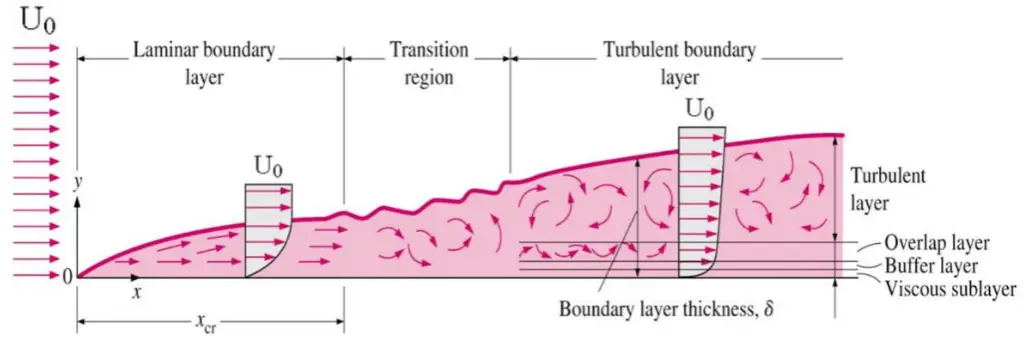jupiterboy
Eagle Member
- Joined
- May 6, 2021
- Messages
- 963
What's gong on on a molecular level? Seems to happen with most plastics, but what is going on? I've asked before if discs get more understable over time just sitting, the premise being that some sort of off-gassing would change the molecular structure over time. That doesn't seem to be the case, so what is happening with the shock of hitting a tree or the ground, or is it the spin? IDK, but maybe someone does.
